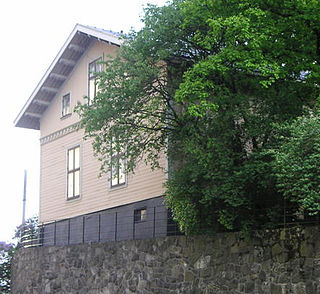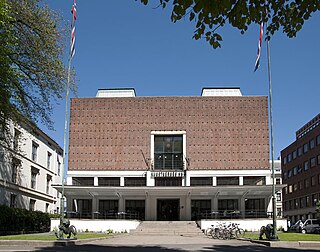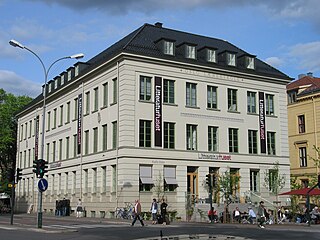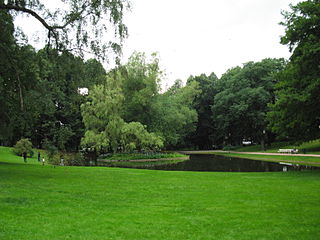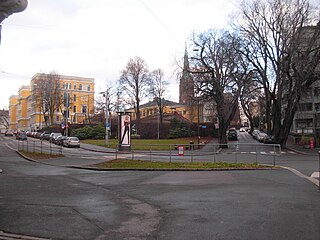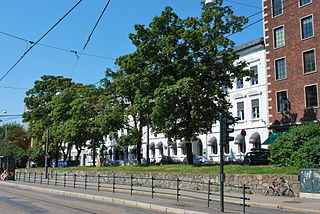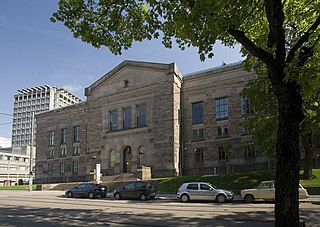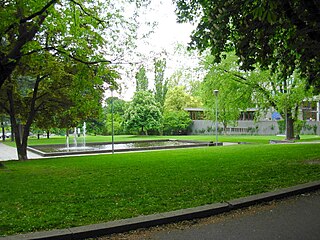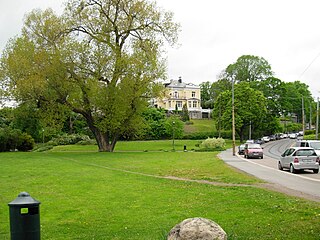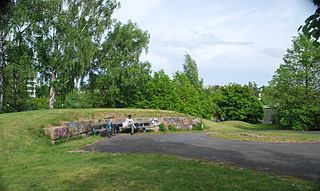Self-guided Sightseeing Tour #5 in Oslo, Norway
Legend
Guided Free Walking Tours
Book free guided walking tours in Oslo.
Guided Sightseeing Tours
Book guided sightseeing tours and activities in Oslo.
Tour Facts
5.6 km
161 m
Experience Oslo in Norway in a whole new way with our free self-guided sightseeing tour. This site not only offers you practical information and insider tips, but also a rich variety of activities and sights you shouldn't miss. Whether you love art and culture, want to explore historical sites or simply want to experience the vibrant atmosphere of a lively city - you'll find everything you need for your personal adventure here.
Activities in OsloIndividual Sights in OsloSight 1: Henrik Ibsens grav;Familie Ibsen
Henrik Johan Ibsen was a Norwegian playwright and theatre director. As one of the founders of modernism in theatre, Ibsen is often referred to as "the father of realism" and the most influential playwright of the 19th century, as well of one of the most influential playwrights in Western literature more generally. His major works include Brand, Peer Gynt, Emperor and Galilean, A Doll's House, Ghosts, An Enemy of the People, The Wild Duck, Rosmersholm, Hedda Gabler, The Master Builder, and When We Dead Awaken. Ibsen is the most frequently performed dramatist in the world after Shakespeare, and A Doll's House was the world's most performed play in 2006.
Sight 2: Rolf Wickstrøm - Viggo Hansteen
Rolf Wickstrøm was a Norwegian labour activist and a victim of the German occupation of Norway during World War II.
Sight 3: Johan Sverdrups (1816-1892)
Johan Sverdrup was a Norwegian politician from the Liberal Party. He was the first prime minister of Norway after the introduction of parliamentarism and served as the fourth prime minister of Norway. Sverdrup was prime minister from 1884 to 1889.
Sight 4: Museum of Cultural History
Get Ticket*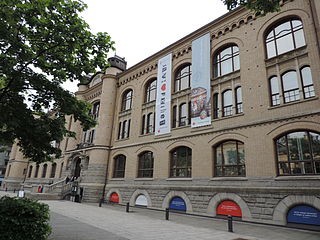
Museum of Cultural History is an association of museums subject to the University of Oslo, Norway. KHM was established in 1999 as Universitetets kulturhistoriske museum with the merging of the bodies Universitetets Oldsaksamling which housed a collection of ancient and medieval objects, Viking Ship Museum (Vikingskipshuset) at Bygdøy, the Coin Cabinet (Myntkabinettet) and Ethnographic Museum. In 2004 the name was changed to Kulturhistorisk museum.
Sight 5: Grotten
Grotten is a nineteenth-century building (1823) located on the premises of the Royal Palace in the city centre of Oslo, Norway. Grotten is an honorary residence owned by the Norwegian state.
Sight 6: Kunstnernes hus
Kunstnernes Hus is an art gallery in Oslo, Norway. It is Norway's largest gallery under the direction of artists, and has served as a major center for exhibits of Norwegian and international contemporary art. It is also a prominent example of Functionalist architecture situated in Wergelandsveien 17, across the Royal palace park.
Sight 7: Litteraturhuset
The House of Literature is a national activity and cultural centre with a focus on literature and books. It was opened in 2007 and is located in the area behind the Royal Palace at the Palace Park in Oslo. The House of Literature is run by the House of Literature Foundation, which was established by the Fritt Ord Foundation.
Sight 8: Slottsparken
Palace Park is a public park in the center of Oslo, Norway, surrounding the Royal Palace. It is 22 hectares.
Sight 9: Slottskapellet
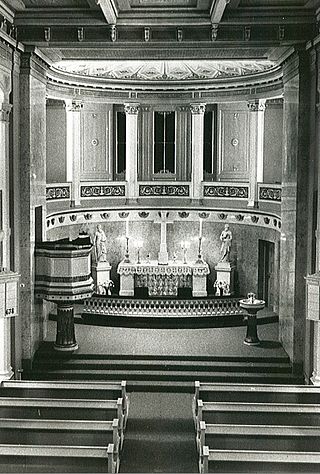
Slottskapellet is a chapel in the Royal Palace in Oslo, Norway. It is the scene of many events of the Norwegian royal family like the royal baptisms and confirmations, in addition to church concerts and chamber music concerts. Slottskapellet is used for worships for students as well, a tradition of more than a hundred years of history.
Sight 10: Riddervolds plass
Riddervolds plass is a place in Oslo located at Briskeby in the district of Frogner. The square is located at the intersection of Skovveien and Briskebyveien. The square was named in 1891 after Minister of State, President of the Storting and Bishop Hans Riddervold, who lived from 1795 to 1876. On the square stands Gunnar Utsond's statue of J. S. Welhaven, erected in 1908.
Sight 11: Sommerroparken
Sommerroparken, formerly known as Solliparken, is a small park between the streets of Sommerrogata and Henrik Ibsens Gate in the Frogner district of Oslo, Norway. It consists of a narrow grass-covered strip with park benches, ornaments, trees and bushes.
Sight 12: National Library
The National Library of Norway was established in 1989. Its principal task is "to preserve the past for the future". The library is located both in Oslo and in Mo i Rana. The building in Oslo was restored and reopened in 2005.
Wikipedia: National Library of Norway (EN), Website, Blog, Flickr, Facebook
Sight 13: Hydroparken
The Hydro Park is a park at Norsk Hydro's high-rise office building, known as the Hydro Building, at Solli plass in Oslo. The building was designed by Erling Viksjø and built in 1960. Viksjø connected with the landscape architects Grindaker and Gabrielsen who designed the park. The walls are made by the visual artist Odd Tandberg.
Sight 14: American Lutheran Church, Oslo
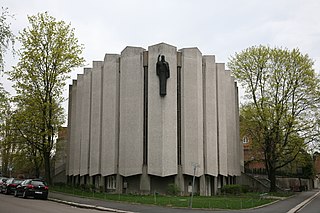
American Lutheran Church (ALC) is located at Fritzners gate 15 in Frogner in Oslo. It is the parish church for the American Lutheran congregation in Oslo. As a denomination, it is affiliated with the Evangelical Lutheran Church in America; however, its membership in Oslo extends beyond this. The church, which has 400 seats, was consecrated on October 11, 1964. It was designed by the American architectural firm Methri & Mattson.
Sight 15: Skarpsnoparken
Skarpsnoparken is a park on Skarpsno near Frognerkilen in Oslo.
Sight 16: Frøyas have
Frøya's Garden is a park on Skarpsno in Oslo.
Share
How likely are you to recommend us?
Disclaimer Please be aware of your surroundings and do not enter private property. We are not liable for any damages that occur during the tours.
GPX-Download For navigation apps and GPS devices you can download the tour as a GPX file.
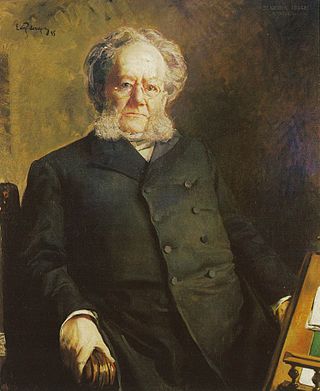
.jpg)
